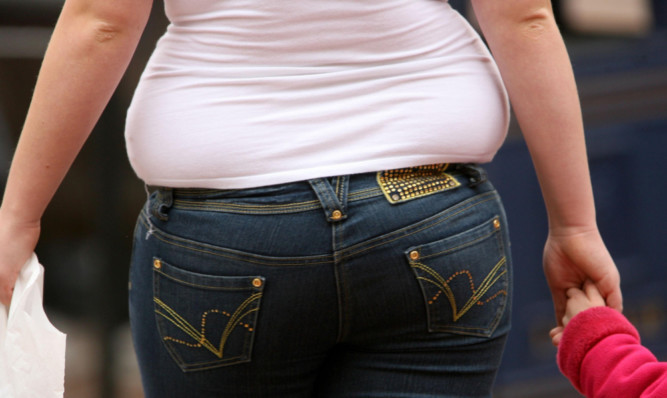Obese women are 40% more likely to develop certain types of cancer than those who are slimmer, a leading charity has claimed.
Being excessively overweight increases a woman’s risk of post-menopausal breast cancer as well as cancer of the bowel, gall bladder, womb, kidney, pancreas and gullet, said Cancer Research UK (CRUK).
In a group of 1,000 obese women, 274 will be diagnosed with a weight-related cancer in their lifetime, compared with 194 in a similar group of healthy weight woman, according to figures released by the charity.
Around a quarter of women in the UK are obese, as defined by their body mass index (BMI) which relates weight and height.
A BMI of 25 to 29 is categorised as “overweight” and anything above 29 as “obese”.
One way obesity could increase the risk of cancer is through the production of hormones by fat cells, especially oestrogen.
In the UK it is estimated that 18,000 women develop cancer as a result of being overweight or obese each year, said CRUK.
Dr Julie Sharp, the charity’s head of health information, said: “Losing weight isn’t easy, but you don’t have to join a gym and run miles every day or give up your favourite food forever. Just making small changes that you can maintain in the long term can have a real impact.
“To get started try getting off the bus a stop earlier and cutting down on fatty and sugary foods. Losing weight takes time so gradually build on these to achieve a healthier lifestyle that you can maintain. And find out about local services, which can provide help and support to make lifestyle changes over the long term.
“We know that our cancer risk depends on a combination of our genes, our environment and other aspects of our lives, many of which we can control. Helping people understand how they can reduce their risk of developing cancer in the first place remains crucial in tackling the disease.
“Lifestyle changes, like not smoking, keeping a healthy weight, eating a healthy diet and cutting back on alcohol, are the big opportunities for us all to personally reduce our cancer risk. Making these changes is not a guarantee against cancer, but it stacks the odds in our favour.”
